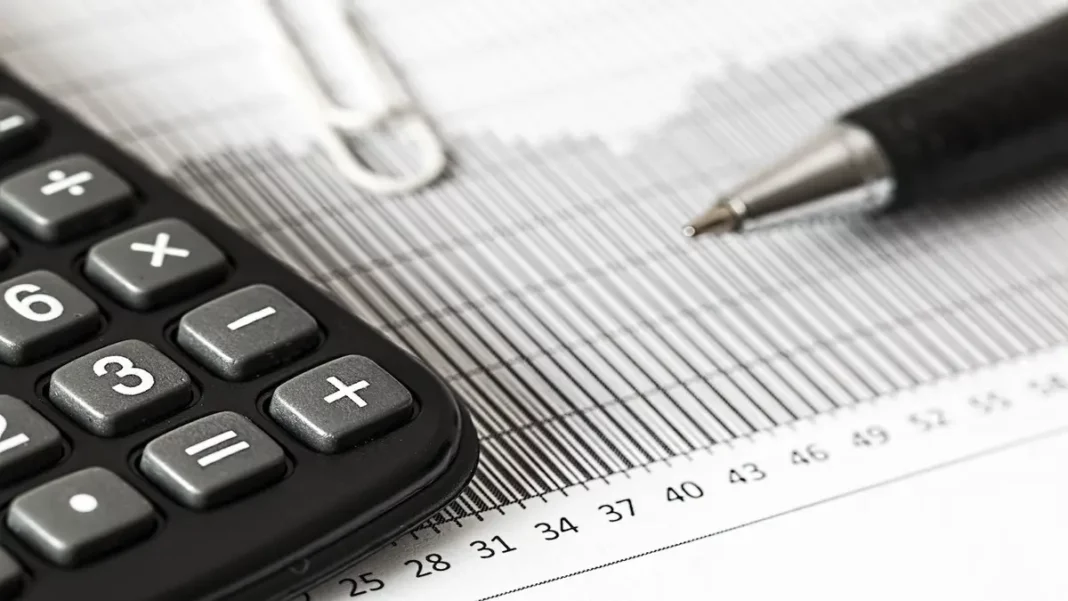An essential component of the American economy is fiscal policy. Fiscal policy is decided upon by the executive and legislative arms of government, who utilize it to modify revenue and spending levels to affect the economy. Such choices could have a big effect on your small business.
What is Fiscal Policy?
Fiscal policy refers to government spending and tax policies influencing macroeconomic factors like the overall demand for goods and services. The primary goal of these measures is to stabilise the economy. To achieve these macroeconomic goals, monetary and fiscal policy activities are frequently combined.
Fiscal Policy India deals with all aspects of the government’s revenue and outlays. Budgeting and taxation are just two examples of the fiscal policy tools used to solve the economy’s most critical issues. The following are the three pillars of Indian fiscal policy namely government revenues, government spending, and public debt. The Ministry of Finance establishes the fiscal policy with assistance from NITI Ayog. Tools of fiscal policy can be found below.
Financial Policy Goals
1. Price Constancy
This policy mainly oversees the whole pricing control for all goods and things. It controls prices while the country is experiencing an economic crisis and maintains them stable when there is inflation; as a result, it controls prices across the board.
2. Finish Your Employment
Every country that wants to improve its economic status should place employment. The chance of development is increased because India has the most youth. The fiscal policy influences all employment-related decisions. Through various methods, the government increases the number of employment possibilities.
3. Economic Expansion
The nation’s growth rate can be increased, and its needs can be met with the help of specific fiscal policy initiatives. The government encourages economic growth by developing heavy industries like steel, chemicals, fertilisers, and industrial machinery.
Various Forms of Fiscal Policy
Types of fiscal policy are described below:
1. A Fiscal Expansionary Strategy
They consist of the government’s decisions to increase their monetary investments in the national economy. As a result, it generates a lot of goods and services.
2. Contractionary Fiscal Policy
This is the second type of fiscal policy. This is used when the economy is booming. The government is aiming to halt the current economic boom.
3. Fiscally Impartial
This fiscal policy is used when the national economy is in balance. It shows that things are moving well, given the economic highs and lows. It includes government expenditures that are funded by taxes imposed on people, businesses, or industries.
Fiscal Policy Tools
Check out the instruments of fiscal policy here:
1. Restrictions on Consumption
This is the process of fiscal policy tool used to increase national savings. As a result, it can be used to make future purchases and enhance the country’s economic status.
2. By Accelerating the Investment Pace
These are the greatest tools of fiscal policy of action to enhance the economy’s present and future conditions. When people invest, money is put to good use and increases in value daily rather than spending on unneeded products. As a result, the future economy of the country will significantly improve.
3. Construction of Infrastructure
A nation’s infrastructure plays a big part in determining whether it is seen as developed or underdeveloped. Thus, if we wish to boost the economy,
Final Words
Political parties could have differing views on the best course of action for the country’s development regarding the complex area of economics known as fiscal policy. Fiscal policy is influenced by decisions made by the executive and legislative branches that impact taxes and government spending.


